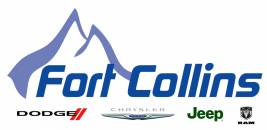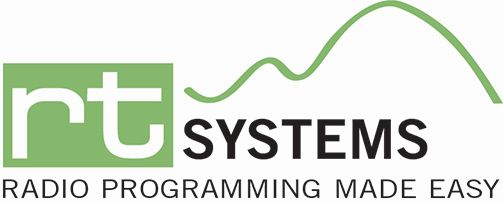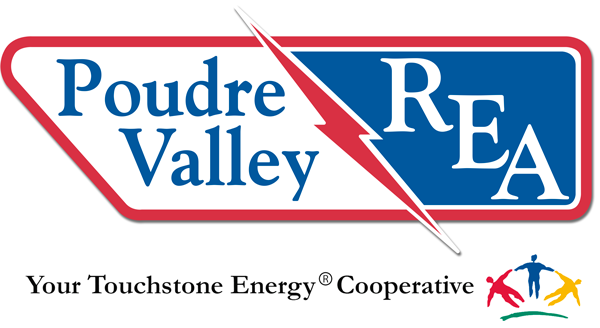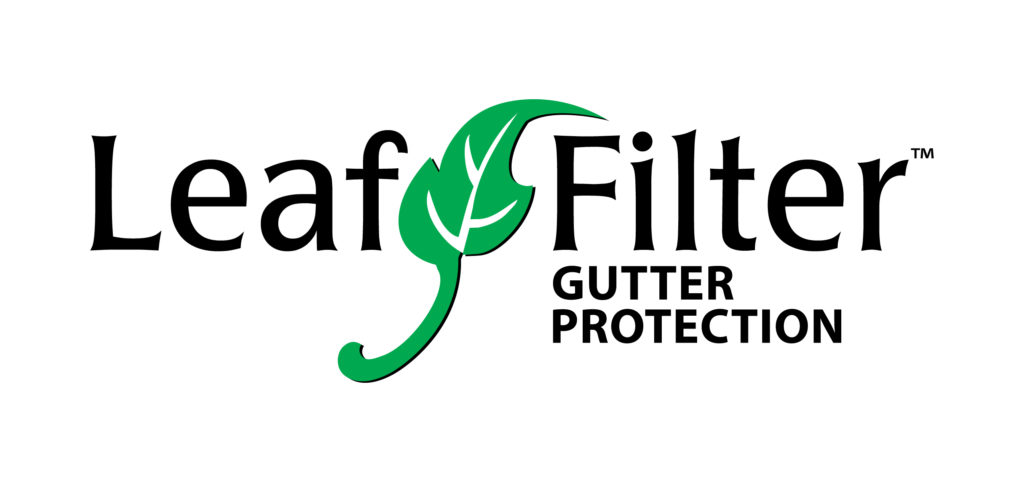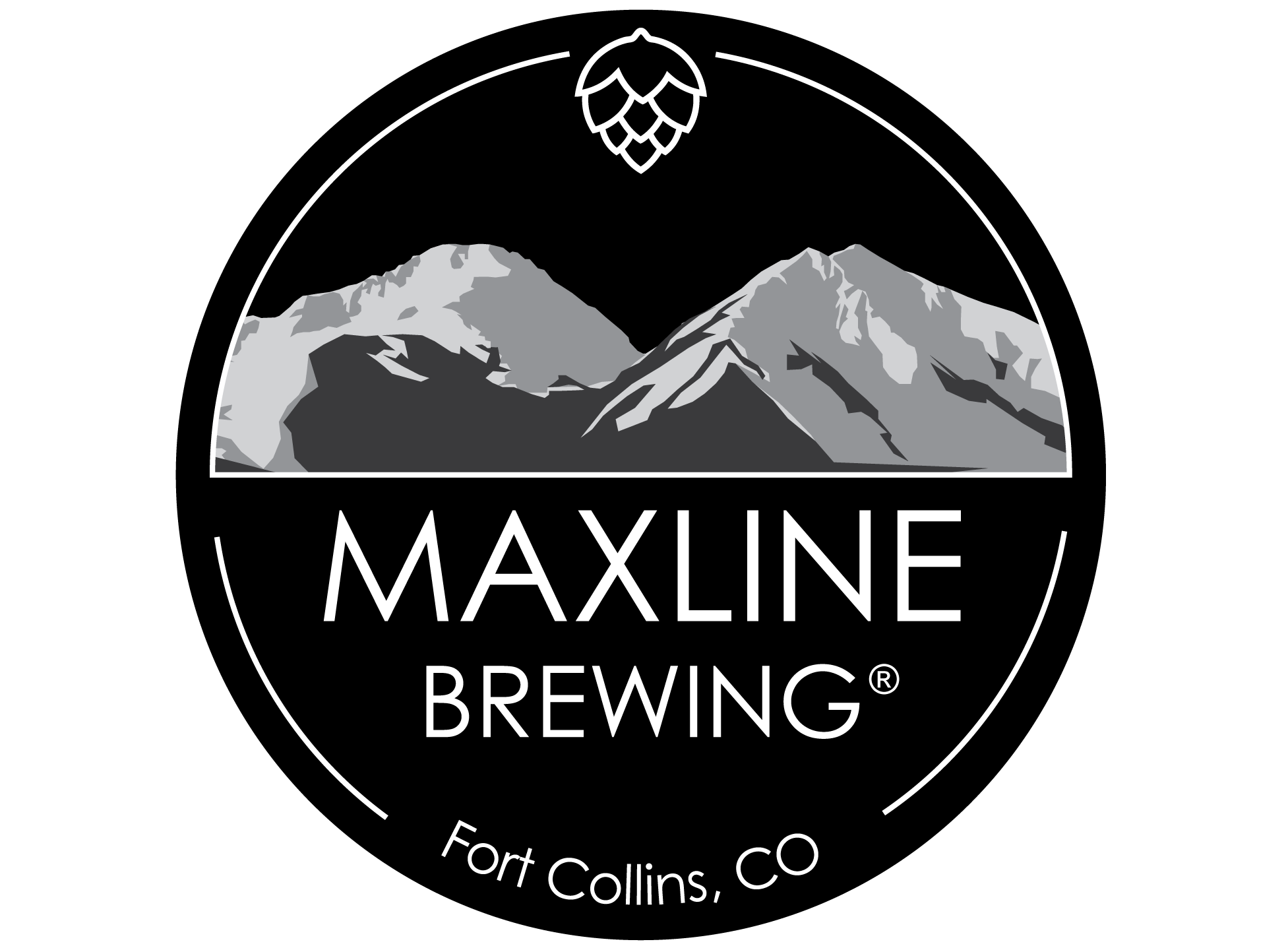Repeater Usage Guidelines
For the benefit of our new members (and a refresher for the not-so- new licensees) here are some important RULES for "generally accepted amateur practice" when using the club repeaters.
Overriding Prime Directive: NCARC repeaters are available for all legal amateur use, and are open for use by all licensed operators (with the exception of patch access). It is common courtesy to support the club, which maintains the equipment you use. Maintaining the equipment and repeater sites is expensive and the clubs need your help (see item 14). Use common sense and good judgment in your operations. Be considerate of other users and the listening audience.
- Listen first! Before you transmit, make sure that you've turned up the volume on your rig and that the frequency is quiet. Also make sure that you've selected the proper repeater and transmit offset. It's really embarrassing to have someone tell you that you're transmitting simplex on the repeater output frequency.
- Announce your presence with an announcement such as "WD3UGH monitoring" or "WD3UGH mobile listening". If you're lucky, someone will answer your announcement. If not, try again after a short wait, DON'T call "CQ, CQ, CQ this is WD3UGH, WD3UGH"-- it's just not done on repeater systems.
- To join a conversation in progress, wait until the stations involved pause and give your call during the interval between when one party stops talking and the courtesy beep sounds. DON'T use the word "Break" or "Break-Break" except in emergencies. If you're talking and you hear someone trying to join your conversation acknowledge their call and stand by as soon as possible. If you hear "Break" or "Break- Break" IMMEDIATELY acknowledge and wait for the breaking station. There is either Priority or Emergency traffic respectively.
- To call another station, give the call of the station you want to contact, followed by your call. If I'm calling Billy Bubba, I'll say "WD4OAF this is WD3UGH". Repeat after a short interval if you don't get a response the first time. Using "this is" between the two calls is also acceptable. DON'T use repeated calls as you would on HF: "WD4OAF, WD4OAF, WD4OAF this is WD3UGH, WD3UGH, WD3UGH" is an example of bad form. If you don't get a response, let other users know that you're done calling with an announcement such as: "Nothing heard, WD3UGH listening" or "Nothing heard, WD3UGH clear" if you are changing frequencies or turning off your rig.
- When ending a contact, it's only necessary to give your own call. For example, I'll say "WD3UGH clear" or "WD3UGH listening" if I'm continuing to monitor the repeater. You may, of course, give the call of the other station(s) but this is not required. If you do give the call of the other station, keep it in the proper order, such as "WD4OAF, WD3UGH clear, 73". DON'T say "This Is WD3UGH clear with WD4OAF" -- while it’s legal, it's just not good practice.
- State your call when you start a contact. Don't make the other repeater users try to recognize your voice until you ID. If you are not known to the party that you are contacting, it's a good idea to repeat your call using standard phonetics. You can explain any "cute" phonetics you made up for your call later.
- If you're involved in a long conversation, pause at reasonable intervals (5-10 minutes) and ask if anyone else wants to use the repeater. Do this more often during "drive time" and other busy periods (see next item), remember all NCARC repeaters have a 3 minute time out.
- The anti-hog rule: As a member of the club you have the right to use the repeaters at all times but so do all the other members. During busy times (an hour either side of 7:30a.m. or 5:00p.m.), keep your conversations to a minimum (<5 min.) to allow others to use the repeaters and patches.
- Resist the temptation to fall into ham-speak and use Q-signals (such as QSL, QTH, QRT, QSY etc.) on the air. They're meant for CW work -- keep them there. It takes no longer to say it in English. For example, use "location" rather than "QTH", and "roger", "understood", or “acknowledged” instead of "QSL".
- Remember that your potential audience includes a large percentage of the amateur population of Colorado and Wyoming. The general public also monitors our repeaters, and in severe weather situations, the National Weather Service and other agencies will be monitoring. Consider this when you're on the air.
- Consider using simplex frequencies if possible once you've established contact. This is usually not possible for hand-held or mobile stations, but it is often do-able with fixed stations.
- Don't "kerchunk" a repeater without an ID. Besides being illegal, it's annoying to other users. Say something like "WD3UGH testing" if you just want to see if you're able to access the repeater or verify your radios operation.
- NCARC repeaters are available for scheduled nets and support of public service events. To avoid potential schedule conflicts, please contact the club officers before setting up a regular net or arranging communications for an event. The priority order of usage is emergency nets or emergency communications in general, scheduled nets, pre-approved events, and then general use.
- It is courteous to support the club that maintains the repeaters that you regularly use. This doesn't mean you need to go broke sending dues to every repeater club, but please support and encourage others to support the primary machines you use in your local area. Good repeaters are expensive to maintain, and the sponsoring clubs really do need your help to keep them going.
- Playing around, not following the rules, and interference of any kind, will NOT BE TOLERATED. In the case of malicious interference as defined in the FCC rules and regulations, the club will assist the FCC, if requested, in prosecuting these individual


